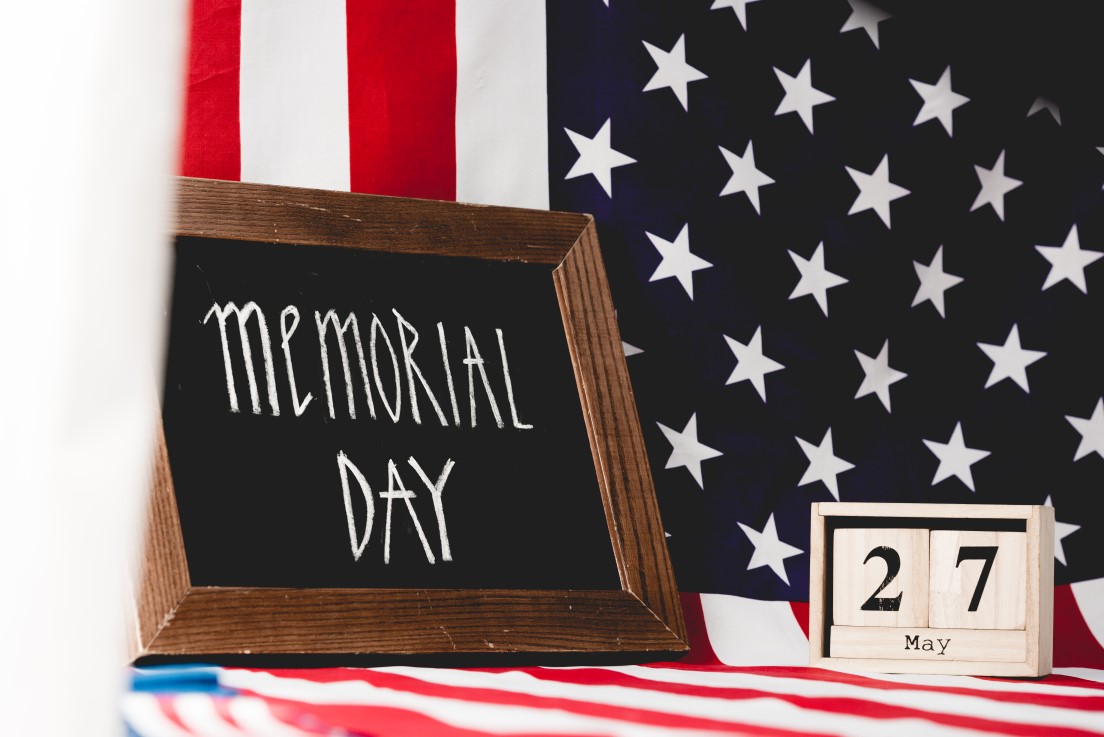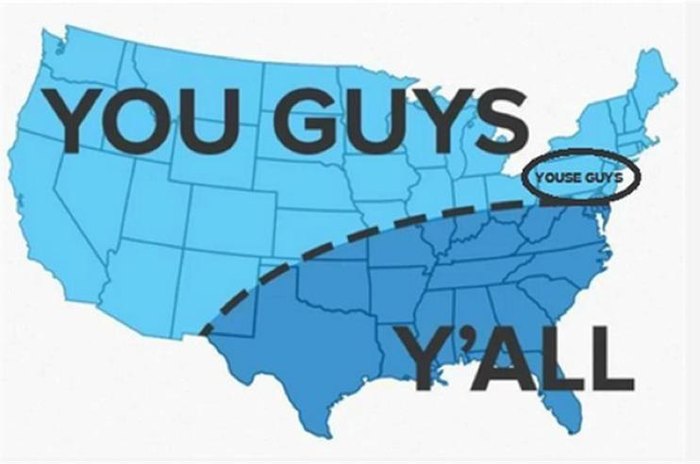2020: As Bad As We All Say?
We are finally about to turn the calendar to place 2020 in our rear view mirror. With a collective sigh, we all say “Good riddance!”
How shall we remember 2020? Pandemic. Lockdown. Closed schools. Shuttered businesses. West Coast wildfires. Social distancing. Cancelled or postponed weddings, events and vacations. Lost proms and graduation celebrations. Hurricanes. Illness and worse. Tens of millions lost jobs. Toilet paper shortage. Everything soaked in hand sanitizer. Did I mention pandemic?
Are there any reasons to celebrate 2020? Has anything “good” come out of this mess? I was recently asked to identify positives from 2020. Normally, if challenged with such a request, I could rattle off numerous facts and circumstances to fit virtually any category. Finding the “good” in 2020 presented more of a challenge.
With full and complete acknowledgement of the heartache and difficulties dominating every aspect of 2020; with sympathy and empathy for so many who suffered through challenges or losses in 2020; and with recognition that COVID-19 will not magically disappear on January 1, 2021, I humbly offer an attempt to find some positives from 2020. Upon reflection, these few nuggets of good may assist us all in maintaining a better perspective in life and may even, in part, remind me how to remain an effective mediator.
Getting to Know Your Neighbors
Where I grew up, you knew your neighbors and they knew you. It was normal and routine to spend time with your neighbors and in your neighbor’s house. Some neighbors were even part of your extended family whether or not so labeled.
Neighborhoods and being a neighbor changed over the last many decades. While many neighbors are cordial, we have generally grown distant in our relationships. For whatever reasons, we no longer are dependent on our neighbors as we used to be a generation ago.
In our neighborhood, the COVID-19 lockdown last Spring resulted in neighbors better getting to know each other with new relationships blossoming. Based on informal inquiries of others, this phenomenon was not limited to our neighborhood but appears broad based. We did not suddenly become keenly interested in the well-being of our fellow humans. Rather, we went for walks.
Gyms were closed. Many parks and public areas were closed. People were stuck inside and sometimes stuck together. We wanted and needed an escape and we wanted exercise. We took walks during the lockdown. As creatures of habit, we often took these walks at about the same time each day. We smiled and waived at our fellow walkers on their mutually timed journey. We eventually started socially distant conversations with each other.
We lived in the same house for years on end, and yet discovered that we really did not know so many of our neighbors. We shared interests with these neighbors. We shared experiences regarding careers and children. We got to know each other through these walks. One couple set up chairs in their front yard on Friday evenings for socially distant Happy Hour gatherings. That Happy Hour grew over the weeks and continued even after the lockdown mandates began to ease.
Since the lockdown, we stop and talk to each other instead of racing in and out of the subdivision. We have become friends. We are more of a community and less a collection of houses. That is a good thing.
Not Taking Things for Granted
We talk about the “new normal” whatever that may prove to become after the pandemic. Social distancing, face coverings, temperature checks, and no hand shaking may all become part of the fabric of our daily lives. Postponing sporting events, working remotely and virtual visits by grandparents may become no big deal. But for now, so much of what we must do to protect ourselves and our families from the virus still feels strange. We yearn for the “old normal”.
Why do we think that the “old normal” was so good? You will easily recall that many of us complained about so much before COVID-19 ever entered our vocabulary. We had traffic jams. We had annoying co-workers. But we also had our favorite coffee shop and pizza place where they knew your order before you even spoke. We could just run to the market for an item and not even think whether it would be in stock. We could just do the simple things like go to a movie, drop by a friend’s place who was having some friends over, or actually dine in a restaurant without any forethought.
This “old normal”, in hindsight, is like your favorite pair of jeans. They are broken in. They fit. You feel good in them. Perhaps above all else, they are comfortable. We were comfortable with the “old normal” and now spend all of our time beyond our comfort zone. We want back our favorite jeans.
Perhaps COVID-19 has taught us to not take for granted all the basic things we did, and could do, under the “old normal”. If and when we can get back to the movies in any normal sense, spend a minute to take in the theater itself; think how the smell of insanely overpriced popcorn brings you back to a previous time; and actually enjoy the 20 minutes of coming attractions. When the nearby movie goers inevitably start chatting on their cell phones, remind yourself that the “old normal” was not always perfect, but you nonetheless missed it.
Whether it is the movies, going to a ball game, or just laughing with friends at a local watering hole, we should no longer take for granted the place, time, or especially people in our lives. That is a good thing.
We Can Work from Home
Prior to the pandemic, many employers remained terribly fearful of work from home arrangements. Some employers were concerned that employees would slack off. Efficiency and productivity would suffer. Employees also feared for their jobs and advancement with work at home. Their contributions would not be clearly visible to others. If a call were missed or email not responded to immediately, the employee would assume that the boss believed the employee to be focusing on anything other than work.
COVID-19 forced work at home on so many in a variety of fields. By and large, we figured it out. We navigated the bumps in the road and quickly mastered Zoom meetings. Children or family pets interrupting virtual meetings did not become career ending matters, but humorous side notes with everyone chuckling and thinking “Been there.”
All those positions which previously had been deemed essential or critical to be on site have been properly and fully accomplished remotely. Large corporate campuses and office buildings may soon be relics.
In the legal arena, many courts migrated to remote hearings. Mediations and arbitrations fairly rapidly became on-line events. I admit to having to overcome my own prejudices against Zoom type mediations and arbitrations. I had been an advocate of in-person participation as I believed so much more could be accomplished face to face. I was wrong. Based on reported success rates by mediators, and my own experiences, virtual mediations remain as successful as in-person efforts. I anticipate that Zoom mediations and arbitrations will be the norm after the pandemic.
For all those home-based workers, I appreciate that there may have been (and may still be) some rough edges in establishing the dedicated work from home area within the household and establishing work time boundaries among others staying at home. Mostly, however, we have adapted. Our commute is measured in a flight of stairs or the length of a hallway. When we stop work, we are already home. That is a good thing.
Dogs Are More Happy (Cats Not So Much)
My wife also works from home during this period. She has a dedicated room for an office which she rarely vacates during business hours. She is amazingly dedicated. What has changed from her work office to home office is replacement of a candy jar for co-workers with a dog treat jar for our furry friends. At 7:59 a.m., she begins her one minute commute to her home office with coffee and water in each hand. Both our dogs dutifully follow to her office where they know they will receive treats. The dogs take their pre-morning naps, stretch, get more treats and settle in for their morning naps in her office with Mom right there. They are in Dog Nirvana.
If my spouse returns to the office setting, our dogs will be heartbroken. My wife explained to her boss that if they ever do return to the office, she will request therapy – for the dogs – to assist with their adjustment and abandonment issues. In talking to neighbors, they share similar stories how their dogs have developed attachment issues during 2020. For our canine friends, 2020 has been something of a banner year. That is a good thing (but may come to an end).
DIY and Household Projects Actually Have Gotten Done
Since the pandemic hit and our lives have become encapsulated in our bubble, we have taken on and finished projects around the house. In the past, we talked about projects quite often and lamented how we never actually addressed the issues. Now, our attic is cleaned out. I mean clean as in you can see the floor, there exist dedicated walkways or paths to circumvent the remaining limited stuff, and items are put away in bins or boxes which are actually labelled. Two bathrooms and one bedroom have been repainted. The flowers and plants around our yard never received so much attention with no plant wilting from the lack of watering.
The Spring lockdown encouraged many to perform real Spring cleaning. On trash day, you could tell when a neighbor has cleaned out the garage, attic or the room of a child who moved out long ago. We have cleaned up and spruced up. That is a good thing.
As a mediator, when testing the positions of parties and their resolve, it is quite easy to focus on the negative or risks for the parties. Mediators, including myself, may suggest that a) there will be a low percentage of success for the claim being asserted; b) a jury in this particular jurisdiction would be unlikely to accept the argument being presented; c) the judge would never allow in the evidence so vital to a claim; and d) the litigation costs would well exceed claim worth. The list of negative issues to be raised is almost as endless as the negative things we can bring forth about 2020.
At times, it is much more difficult to focus on the “good” for claims, but such positive factors always exist. Finality to a litigation through settlement may hold intrinsic value by itself. Resolution, even if not as expected, may allow parties to move on to other endeavors in life. For businesses, settling a lawsuit may assist in cleaning up a balance sheet or reduce necessary reserves. As with finding “good” in 2020, I may need to think through the issues a little harder, but I know it can be found. It just takes work and effort to focus on the positive.
So, has 2020 been a dreadful year? Absolutely! Yet even in challenging times, we can find “good”. In part, the Holidays and New Year’s include times of reflection. As you look back, try to find your own “good” that resulted from 2020. If you cannot find anything, go clean your attic or get a puppy and you will discover that “good”, indeed, still exists.










